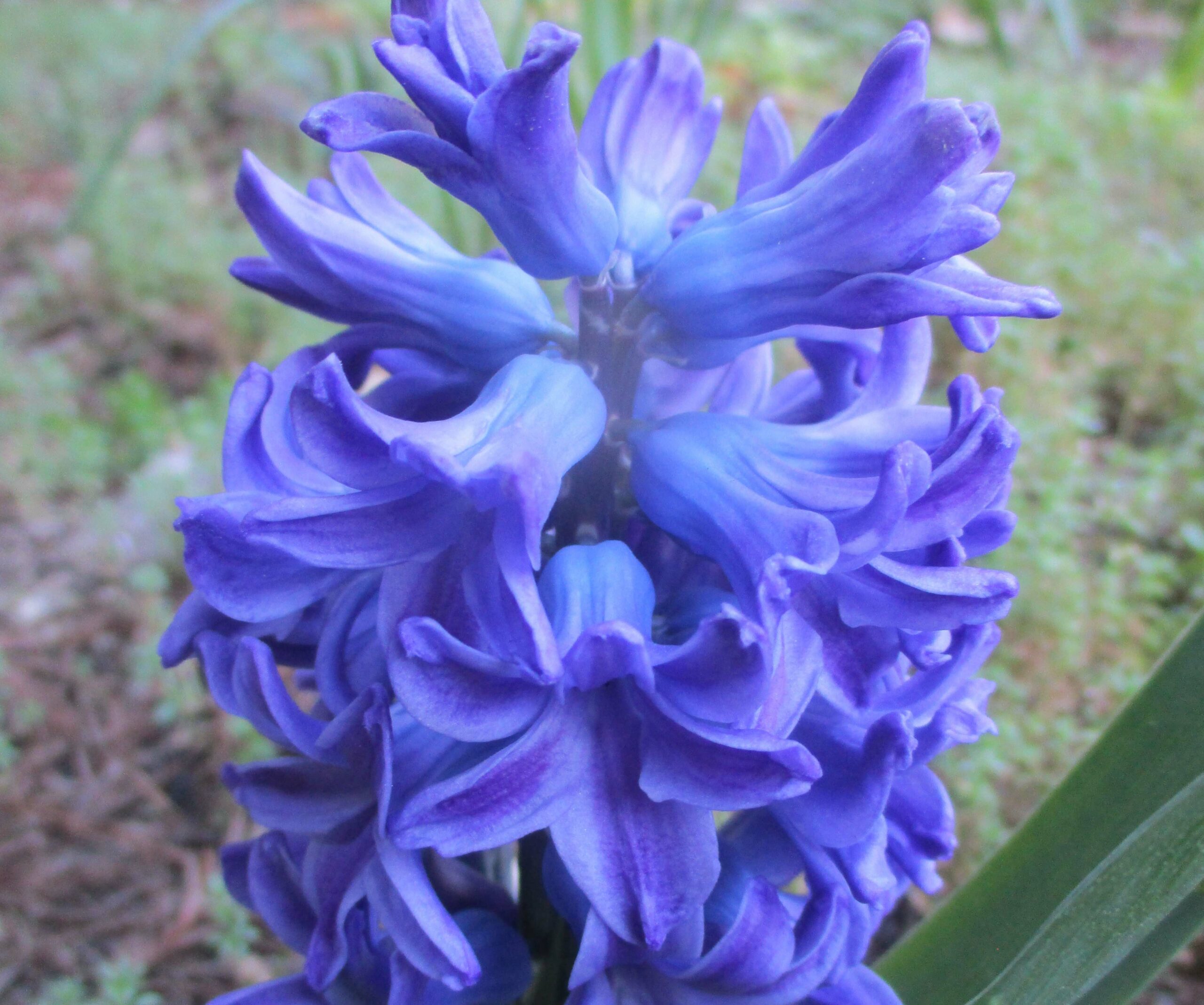Fruiting warm season vegetables that are now in season, such as squash, tomatoes and beans, are more abundant with regular harvest. Plants that produce such fruit respond to their natural obligation to generate seed. Deprivation of the fruit that contains their seed stimulates production of more. Similarly, it is helpful to deadhead some flowering plants.
Deadhead grooming is a type of pruning, even if it does not involve pruning shears. It is, in simple terms, the removal of deteriorating flowers after bloom. For some plants, it only improves aesthetic appeal. For many others, it redirects resources from seed production into subsequent bloom, or vegetative growth that eventually sustains subsequent bloom.
Now that early spring bulbs are finishing bloom, it is time to deadhead them. Most bloom just once annually, so without the distraction of seed production, will prioritize vegetative growth into new bulbs to bloom for next year. Many of the summer bulbs that bloom later bloom more than once annually, so divert conserved resources into subsequent blooms.
However, many cultivars of spring bulbs are too extensively hybridized to produce viable seed. For them, deadhead grooming merely eliminates unappealing deteriorated floral carcasses, while their foliage continues to sustain the development of new bulbs for next year. The foliage of most deteriorates slowly through warming spring or summer weather.
Some extensively hybridized modern cultivars are not sterile, though. Some can produce feral progeny that are less appealing than the hybrid parents, but are vigorous enough to displace them. Deadhead grooming eliminates most or all of the unwanted feral seed. Of course, for wild grape hyacinth and snowdrop, seeds can be left to develop and disperse.
Established colonies of feral freesias can be allowed to make seed for more of the same. However, hybrid freesia benefits from deadhead grooming to eliminate feral seed. Dutch iris, narcissus, daffodil, tulip, hyacinth and lily can also benefit from deadhead grooming, for a variety of reasons. Some are sterile. Some are not. Some get shabby. Some do not.
Highlight: hyacinth
The most fragrant of flowers generally lack color. The most colorful of flowers generally lack fragrance. Most flowers employ either fragrance or color to attract pollinators, but not both. Hyacinth is an exception that is as colorful as it is fragrant. Bloom can be rich hues and tints of most colors except for green. The captivating fragrance is sweet and intense.
Hyacinth are spring bulbs that are now finishing bloom, but are ready for planting during autumn. They require a bit of chill through winter, so must be dug and refrigerated for two months or so while dormant in milder climates. Dormant bulbs are plump and round, like small but toxic onions. They appreciate rich soil, regular irrigation, and a sunny situation.
Bulbs generate only a few strap shaped and somewhat rubbery leaves during late winter prior to early spring bloom. These leaves resemble lily of the Nile leaves, but stay rather short, and may not flop. Hyacinth blooms with one or two short, stout and neatly cylindric trusses of several small flowers. Foliage lingers for only two or three months after bloom. Bulbs may not be reliably perennial.










